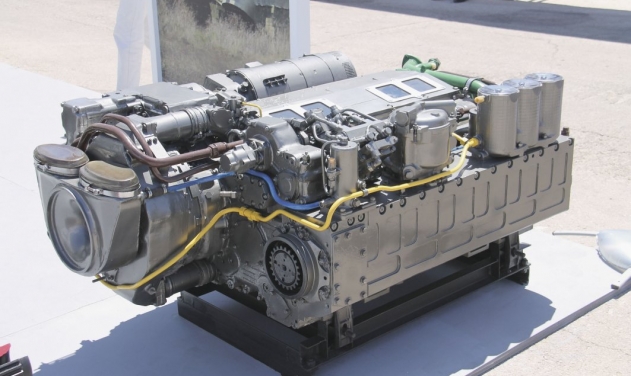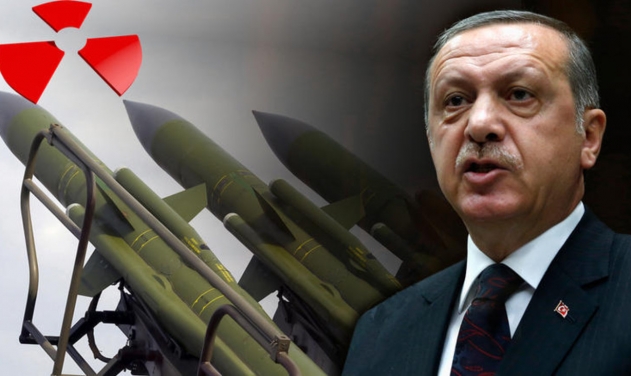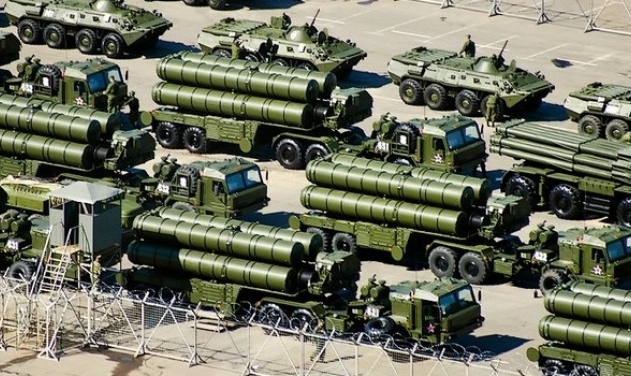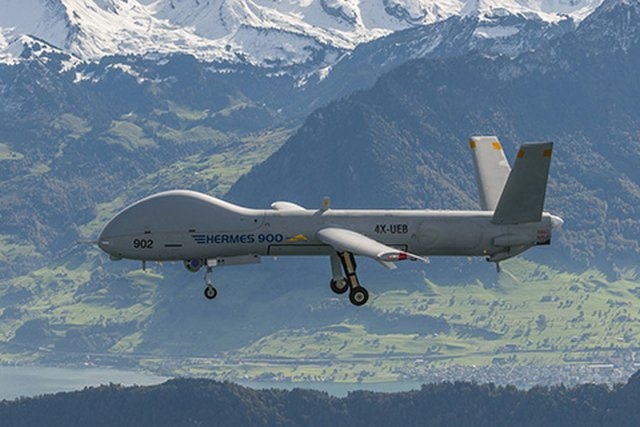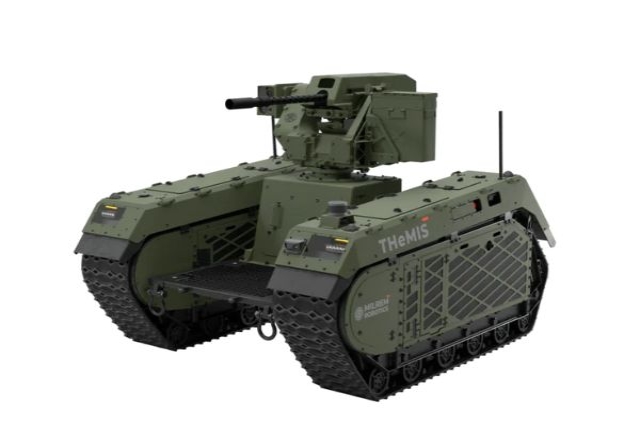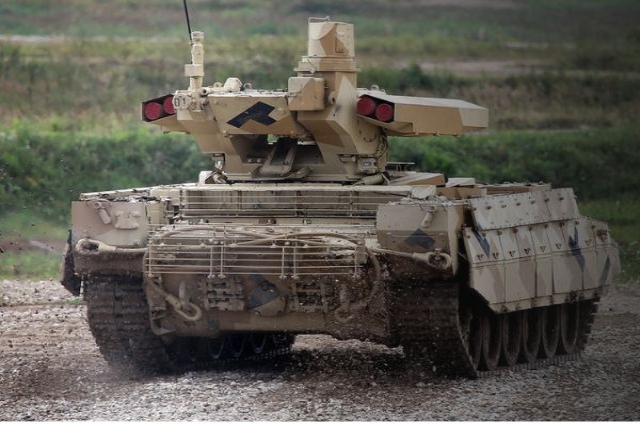Turkey Test Fires Home Made Mızrak-U Missile From Hurkus Aircraft
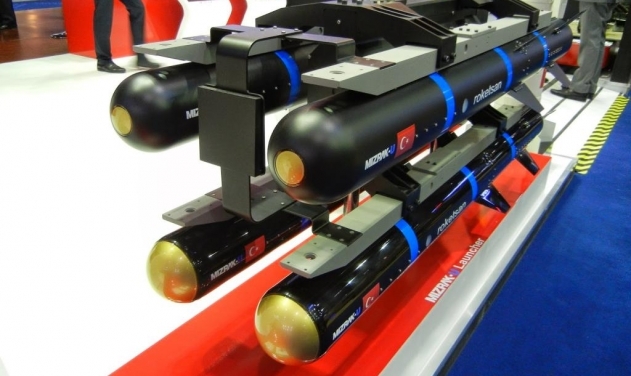
Turkish Aerospace Industries (TAI) has test-fired a Roketsan UMTAS air-to-ground anti-tank guided missile (ATGM) from its Hürkuş-C close air support (CAS) aircraft.
The Roketsan UMTAS, also known as the Mizrak, is a semi-active laser-homing (SALH) ATGM. It was fired from Hürkuş-C, the armed variant of the Hürkuş basic trainer.
The Hürkuş-C, powered by the Pratt & Whitney Canada PT6A-68T turboprop engine, can reach a top speed of 574 km/h and has a payload of 1,500 kg available through seven external hardpoints, QUWA reported Sunday.
The Hürkuş-C airframe was designed with armour reinforced airframe. Besides weapons, the lightweight attack aircraft can also be equipped with an electro-optical and infrared sensor and self-protection system for defensibility against infrared-guided surface-to-air missiles. It also has a modern glass cockpit, tactical data-link system, hands-on throttle-and-stick and onboard oxygen generation system.
The Mizrak has a range of 8,000 metres and weighs 37.6 kg. Besides SALH, the Mizrak could optionally be tipped with an imaging infrared terminal-phase seeker. The Mizrak could be configured with an anti-armour warhead or a high-explosive blast-fragmentation warhead.
TAI also recently test-fired the Mizraak-U from the T-129 ATAK dedicated attack helicopter.
Like the Embraer A-29 Super Tucano and IOMAX Archangel, the Hürkuş-C will be slotted as an aerial strike platform for low-intensity environments with minimal anti-air warfare (AAW) threats.
Turboprop aircraft are being marketed as low-cost alternatives to fast jets such as the Lockheed Martin F-16. Industry backers of the Super Tucano and Archangel cite substantially lower flight costs, coupled with the capability to still deploy many of the same munitions as fast jets, as major advantages.
The Archangel and Super Tucano have seen combat use in counterinsurgency theatres, most recently in the Middle East and Afghanistan, respectively. The U.S. Air Force will also examine several such aircraft this summer as part of its OA-X program.
The Turkish Armed Forces (TSK) are expected to induct the Hürkuş-C by the end of 2017. TAI is also marketing the Hürkuş-C for export, particularly to the Middle East and Africa markets.
The UMTAS program was initiated in 2005 by Turkey's Undersecretariat for Defence Industries (SSM), specifically to provide T-129 ATAK combat helicopters with an indigenous guided missile.
The UMTAS has been designed to engage tanks and heavily armoured vehicles. It can be integrated to various platforms (Helicopters, UAVs, Land Vehicles, Stationary Platforms, Light Assault Aircraft, Naval Platforms).
The L-UMTAS (laser guided version0 and UMTAS version have been integrated and fired from the Turkish T-129 ATAK helicopter against land targets and from SH-60 Sea HAWKs against sea targets.
During December 2015, the missile has also been tested fired from the Bayraktar Tactical UAS (Bayraktar TB2 UCAV) Drone. The missile was dropped from an altitude of 16,000 ft. to hit a 2×2 meter laser-designated target self designated from the drone, at a distance of 8,000 meters, Defense-Update reported then.
